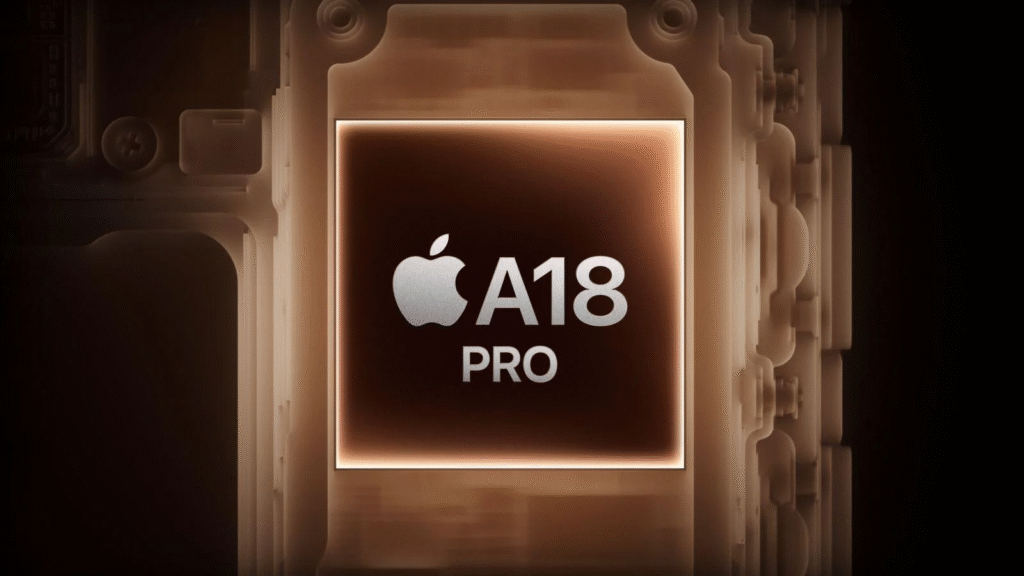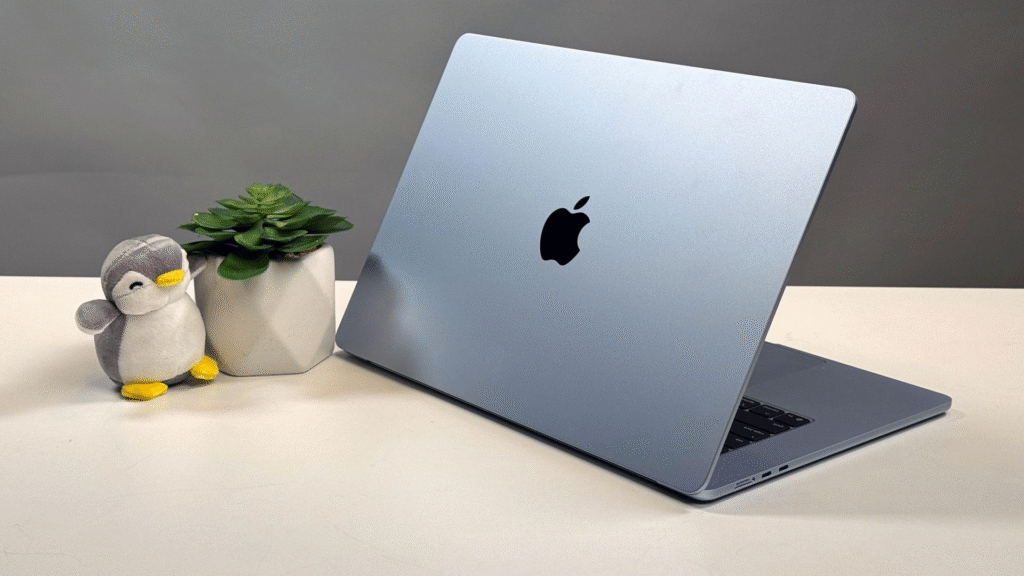Apple has long designed its own A‑series chips for the iPhone and iPad. Since 2020, the company has also made M‑series chips for Mac. Now, analyst Ming‑Chi Kuo says Apple may build a MacBook that uses the A18 Pro chip found in the iPhone 16 Pro. This could let Apple offer a full MacBook experience at a lower price point.

What Ming‑Chi Kuo predicts
Kuo claims the new MacBook will use the A18 Pro chip and sport a thirteen-inch display. He does not yet know the exact price but expects Apple to ship five to seven million units in 2026. Apple may choose colors such as silver, blue, pink, and yellow to appeal to more buyers. Mass production could begin in late 2025.
How an A‑series MacBook differs from M‑series models
M‑series chips are larger and built for high-performance tasks. They have more CPU and GPU cores than A‑series chips. An A‑series MacBook would cost less to build but suit lighter workloads. Casual users could browse web pages, edit documents, and stream video. Power users would still rely on MacBook Air and Pro models with M‑series chips.
Possible trade‑offs and benefits
A MacBook with an A18 Pro chip may run macOS without support for iOS apps. Battery life could match or exceed M‑series models since A‑series chips excel at efficiency. However, intensive tasks like video rendering or complex code builds may run slower. Apple could position the device for students, families, and first-time Mac buyers who value price and style over raw speed.

What this means for Apple and the Mac line
Introducing an A‑series MacBook may help Apple hit its goal of selling 25 million Macs in 2026. It would revive the idea of a simple MacBook separate from the Air or Pro lines. Apple has done this once before with its 2015 MacBook and may choose to call the new model simply MacBook. Even if Kuo’s track record has been mixed lately, his details often come from supply chain insights. Apple users and fans will watch closely for official word before the end of 2025.
Apple’s plan to bring an iPhone chip to the Mac could change entry‑level pricing and broaden the Mac audience. If the reports prove true, a familiar A‑series system may find a new home in a full‑size MacBook.





